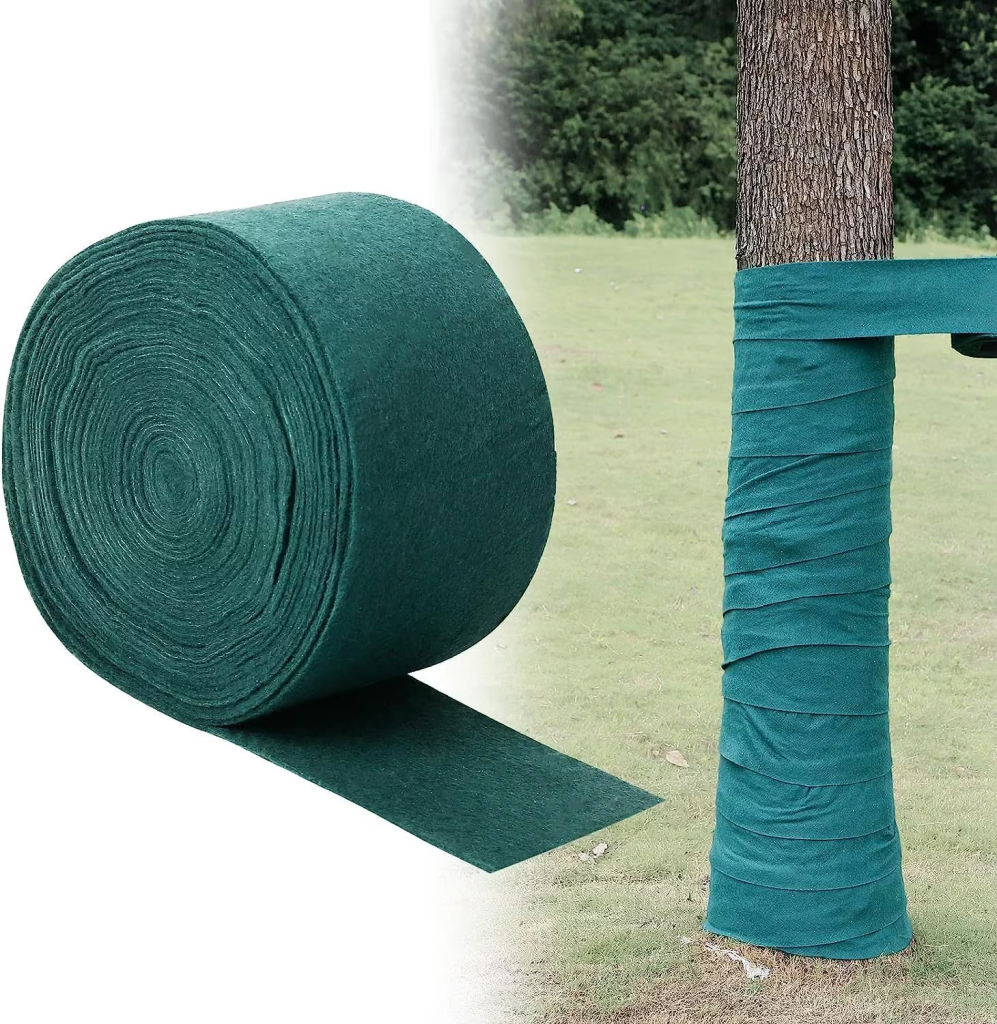Winter Warriors: The Ultimate Guide to Overwintering Your Garden’s Treasures Leave a comment
“
1. Introduction: Embracing the Chill
Winter is a time of rest and rejuvenation, not just for us, but for our beloved plants as well. While the cold months might seem daunting, with the right care, your garden can emerge even stronger in the spring. Let’s dive into the world of overwintering and discover how to shield our perennials, shrubs, and trees from winter’s icy grip.

2. The Basics of Overwintering: More Than Just a Buzzword
Overwintering is the art of preparing and protecting plants during the winter months. It’s not just about survival; it’s about ensuring that your plants thrive and bloom beautifully once the warmer months roll around. By understanding the needs of your plants and taking proactive steps, you can turn the winter season into a time of growth.
3. Preparing the Ground: Setting the Stage for Winter
Before the first frost hits, it’s crucial to prepare the garden for winter. Start by removing any dead or diseased plants, as they can harbor pests or diseases. Next, add a layer of mulch to your garden beds. This acts as a blanket, regulating soil temperature and preventing it from freezing and thawing repeatedly. Not only does this protect plant roots, but it also conserves moisture and provides nutrients as it decomposes.
4. Evergreen Enthusiasm: How to Protect the Evergreens in Winter
Evergreens, with their year-round foliage, are particularly susceptible to winter damage. The cold winds can desiccate their leaves, leading to browning or burning. To prevent this, water your evergreens thoroughly in the fall, ensuring they enter winter well-hydrated. Additionally, consider using an anti-desiccant spray, which forms a protective layer on the leaves, reducing moisture loss.
5. Shielding the Shrubs: Winter Shrub Protection Techniques
Shrubs, especially the young ones, can be vulnerable to the cold. Recommend to protect Boxwoods, and evergreen shrubs, like Juniperus, and young pine trees. Winter shrub protection is essential to ensure they remain healthy. One effective method is wrapping flowering plants with burlap. This breathable material protects the shrub from harsh winds and heavy snow, while still allowing for air circulation. Remember to secure the burlap at the base to prevent it from flying away.
6. Perennial Protection: Ensuring Yearly Blooms
Perennials are plants that return year after year, and while they’re hardy, they still need some TLC during the cold months. Cut back dead foliage to prevent disease and pest infestation. Then, apply a thick layer of mulch around the base. This not only insulates the roots but also prevents the soil from heaving due to freezing and thawing.

7. Trees: The Majestic Giants of the Garden
Trees, especially young ones, can benefit from some winter care. Consider wrapping the trunks of young trees with tree wraps or burlap to prevent sunscald and frost cracks. Additionally, ensure they’re well-watered before the ground freezes. This helps them resist winter drought and ensures they have enough moisture to last through the season.
8. Common Mistakes to Avoid
While our intentions are good, sometimes our actions can do more harm than good. Avoid overwatering, as this can lead to root rot. Also, refrain from fertilizing your plants late in the season. This can stimulate new growth, which is more susceptible to winter damage. Lastly, always choose the right plant for your zone. Plants not suited for your climate will struggle, no matter how much you protect them.
9. Conclusion: Embracing the Winter Wonderland
Winter doesn’t have to spell doom for your garden. With the right techniques and a little effort, you can ensure that your plants not only survive but thrive. So, as the cold winds blow and snow blankets the ground, take solace in the fact that beneath it all, your garden is resting, rejuvenating, and preparing for another glorious season of growth.







